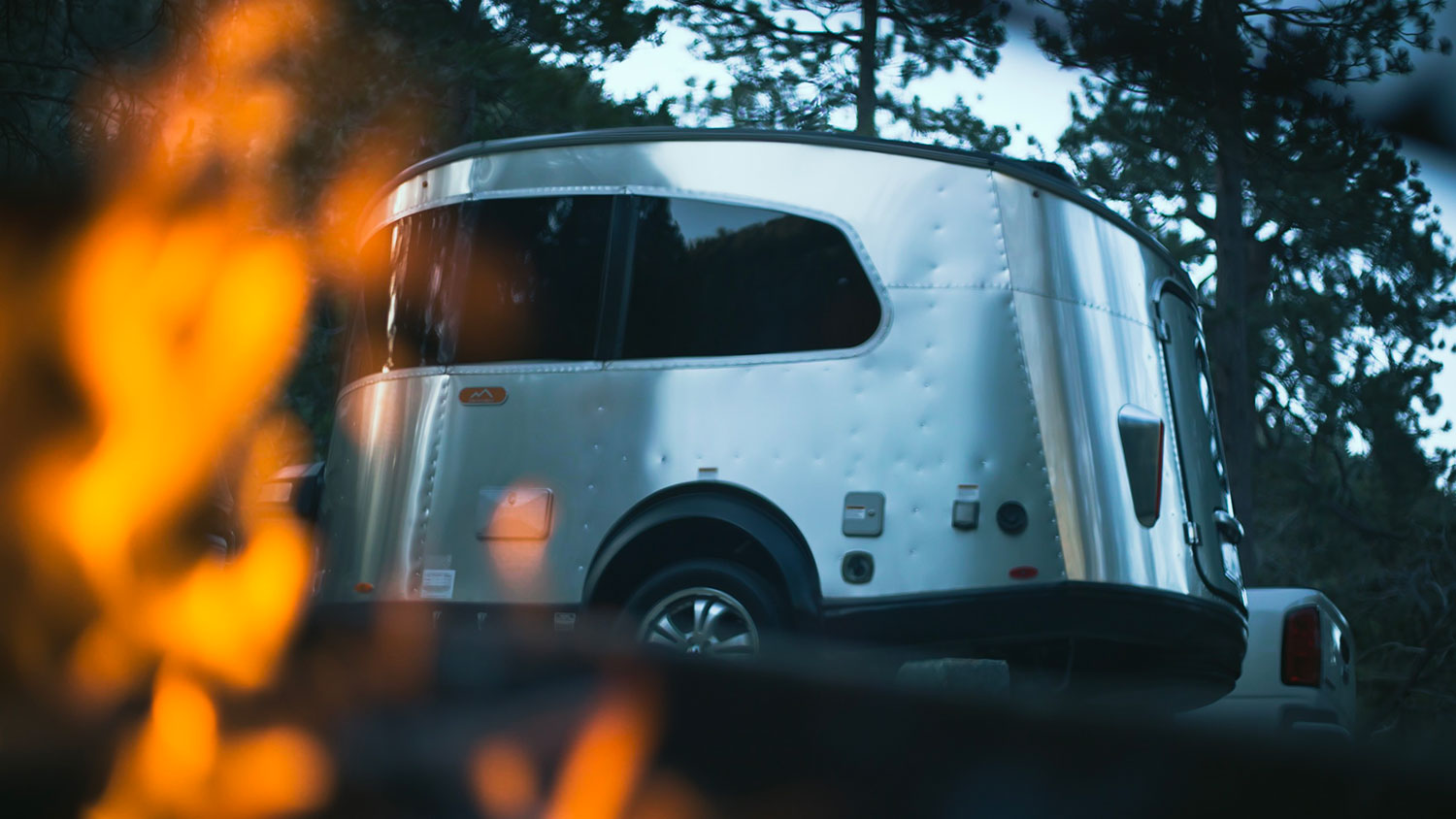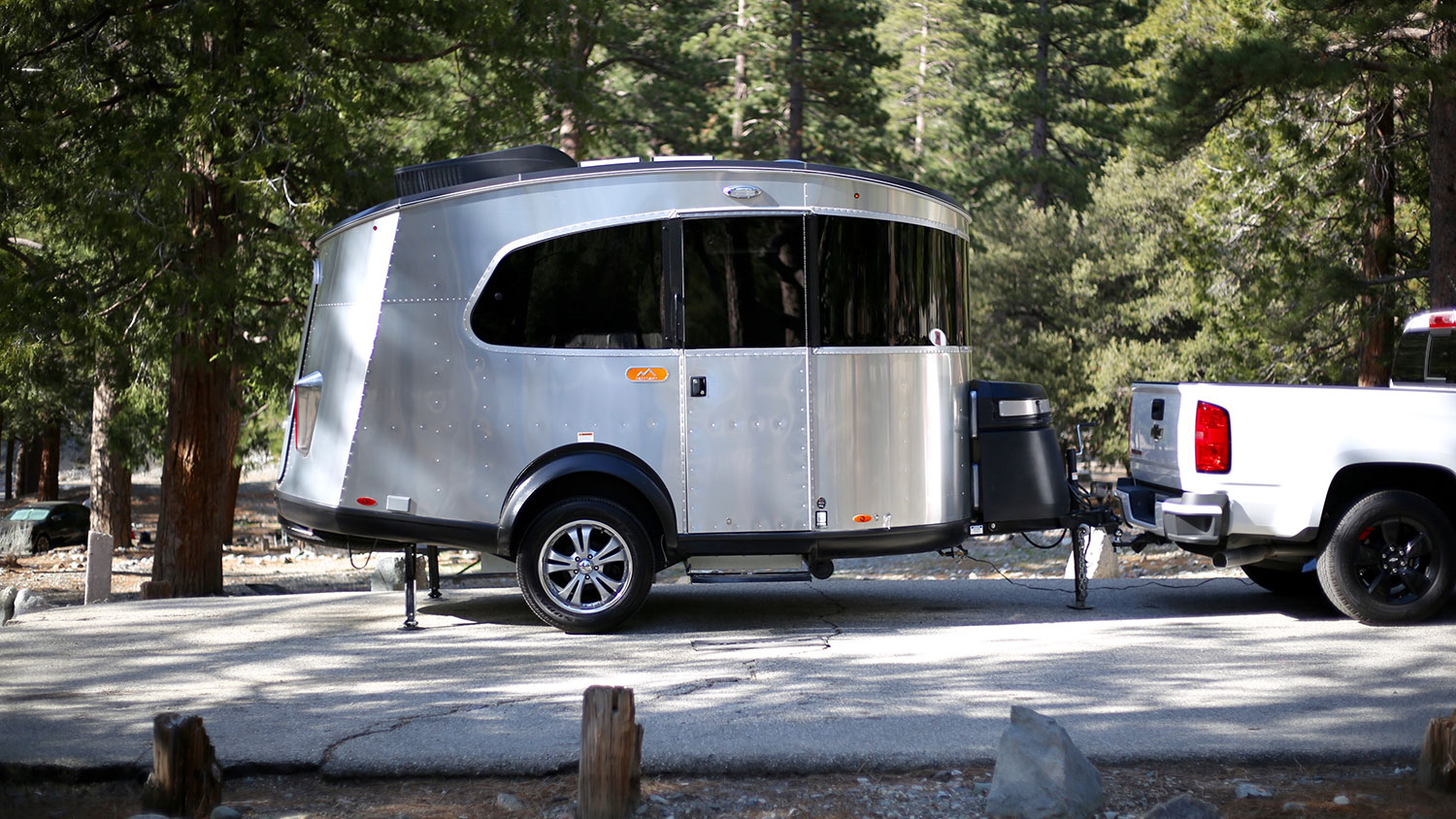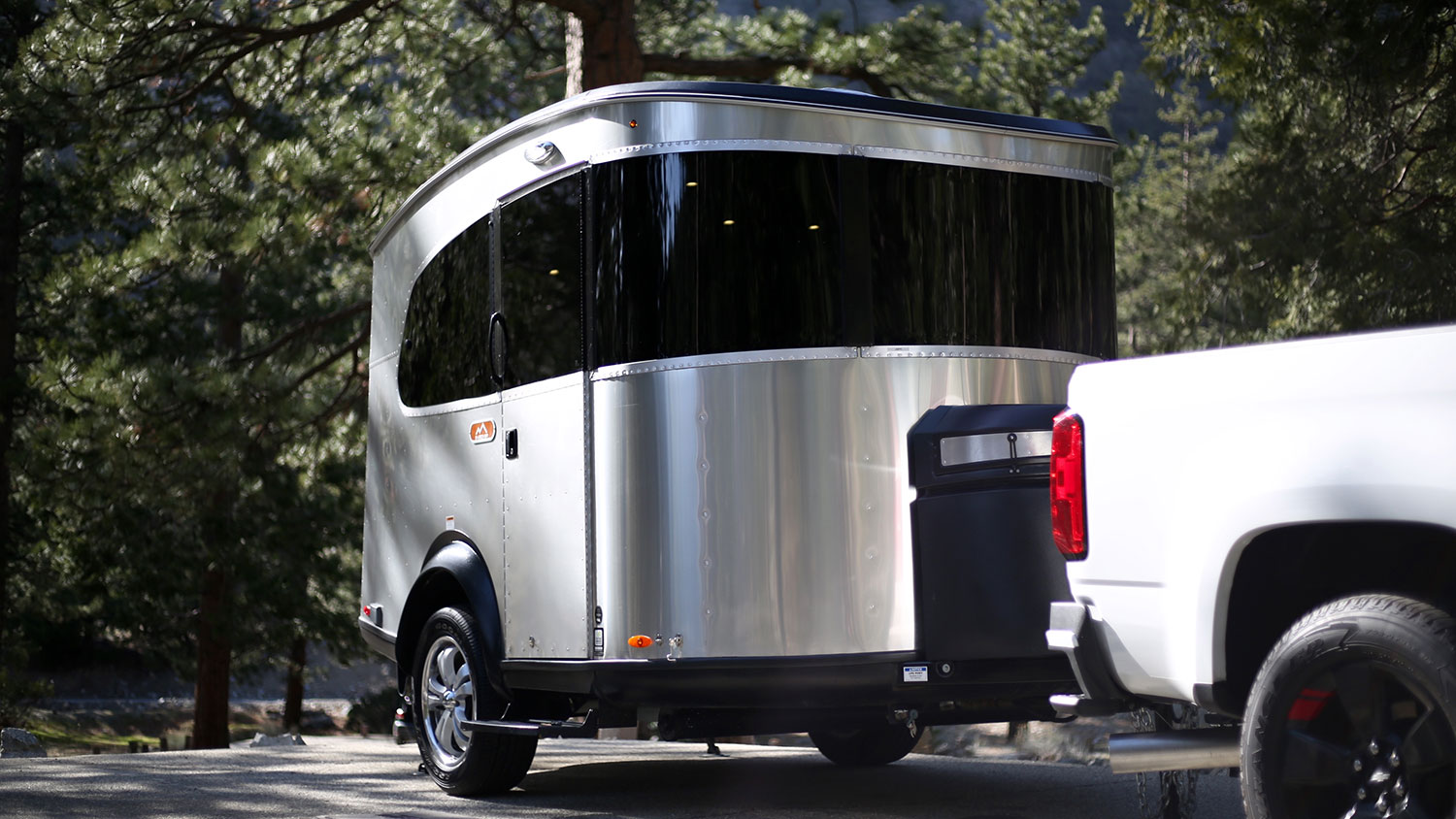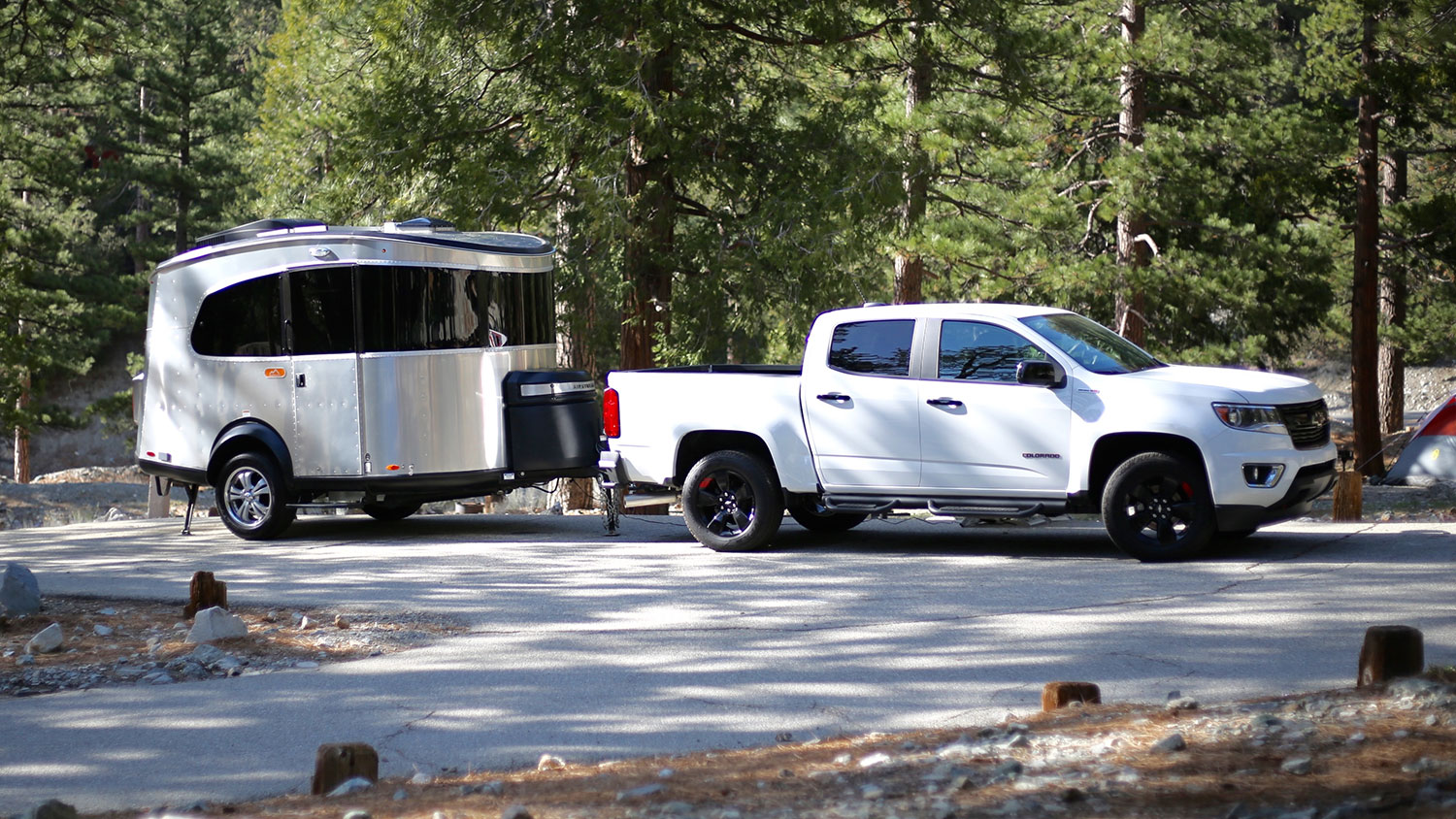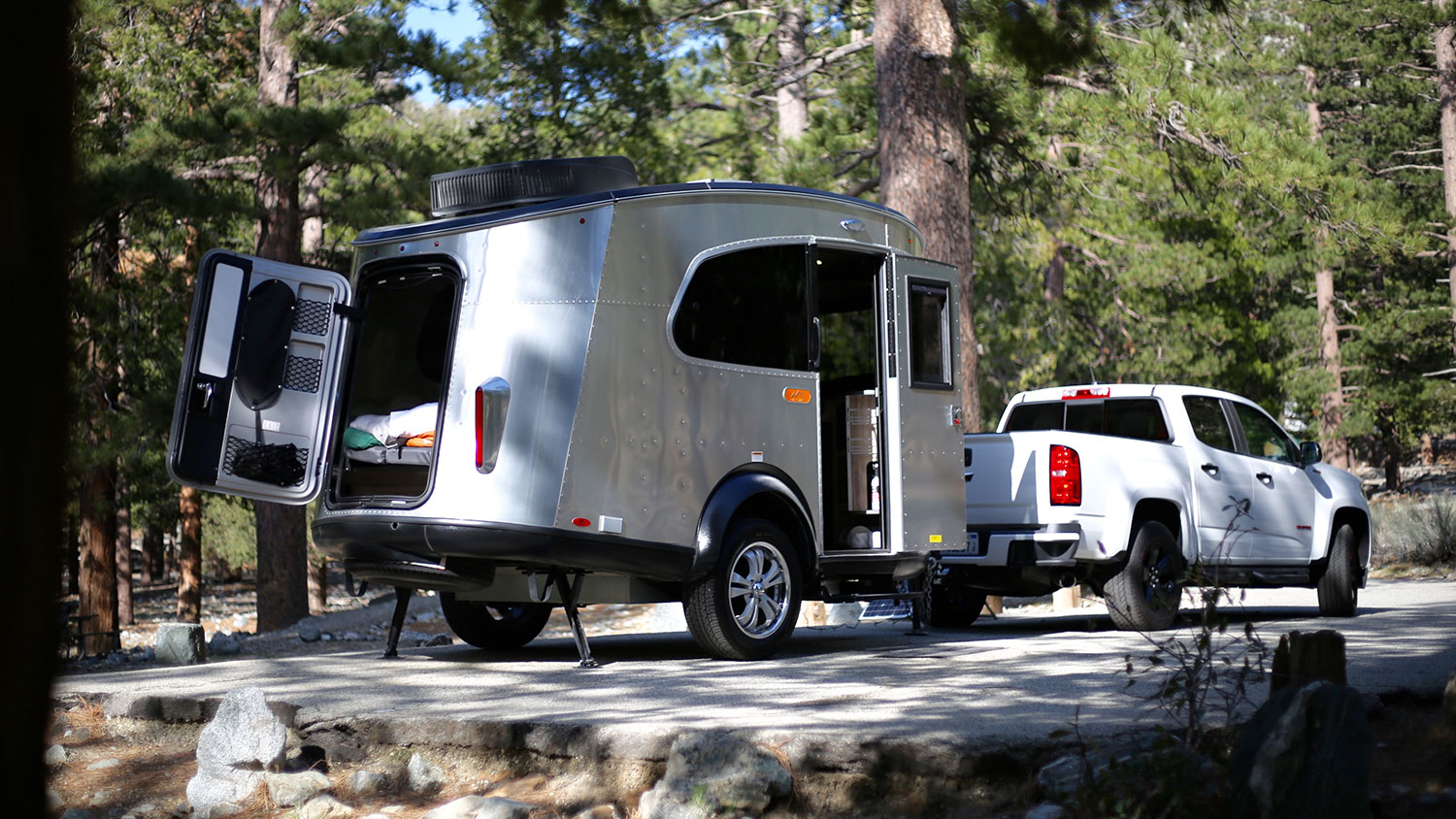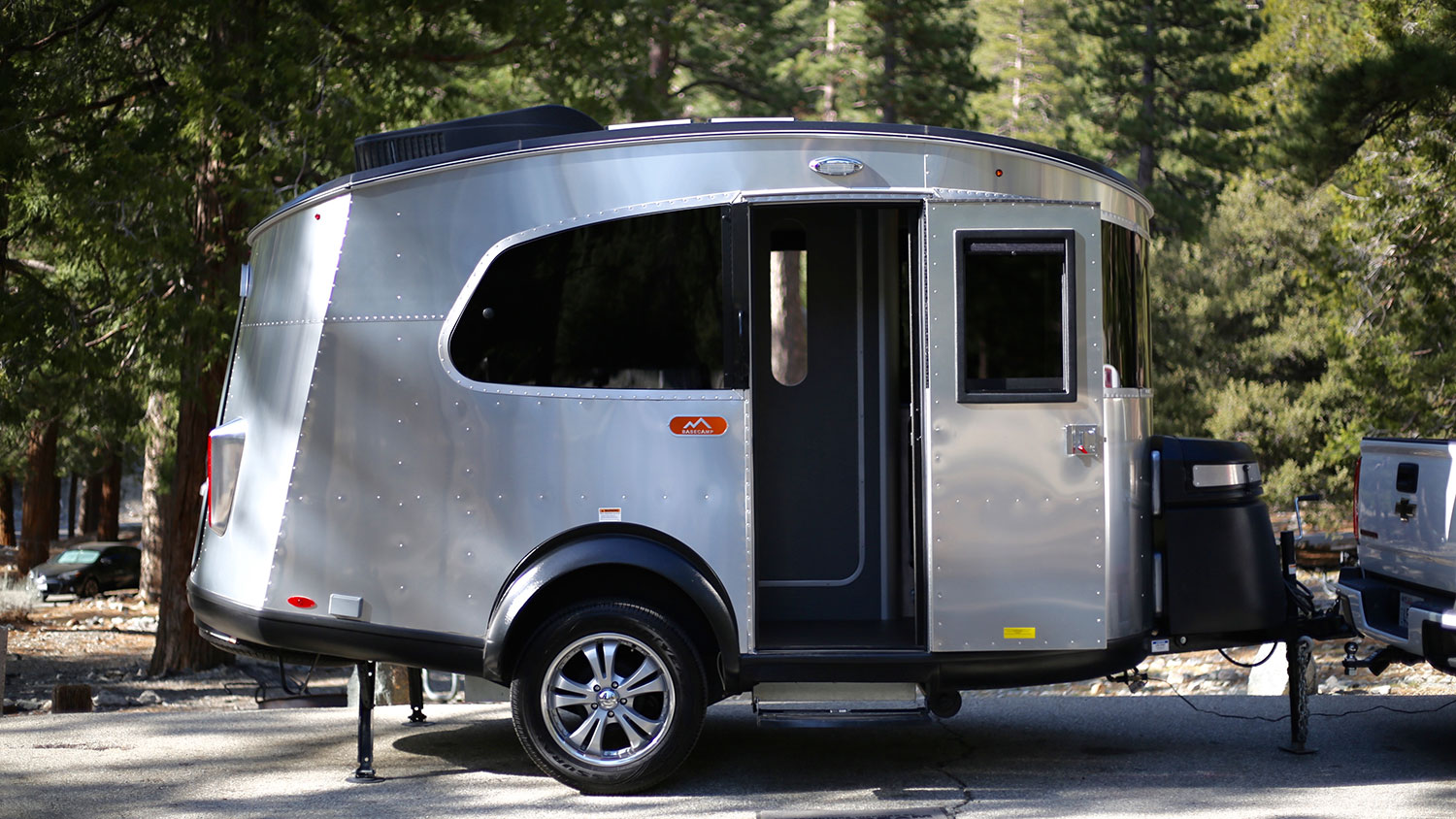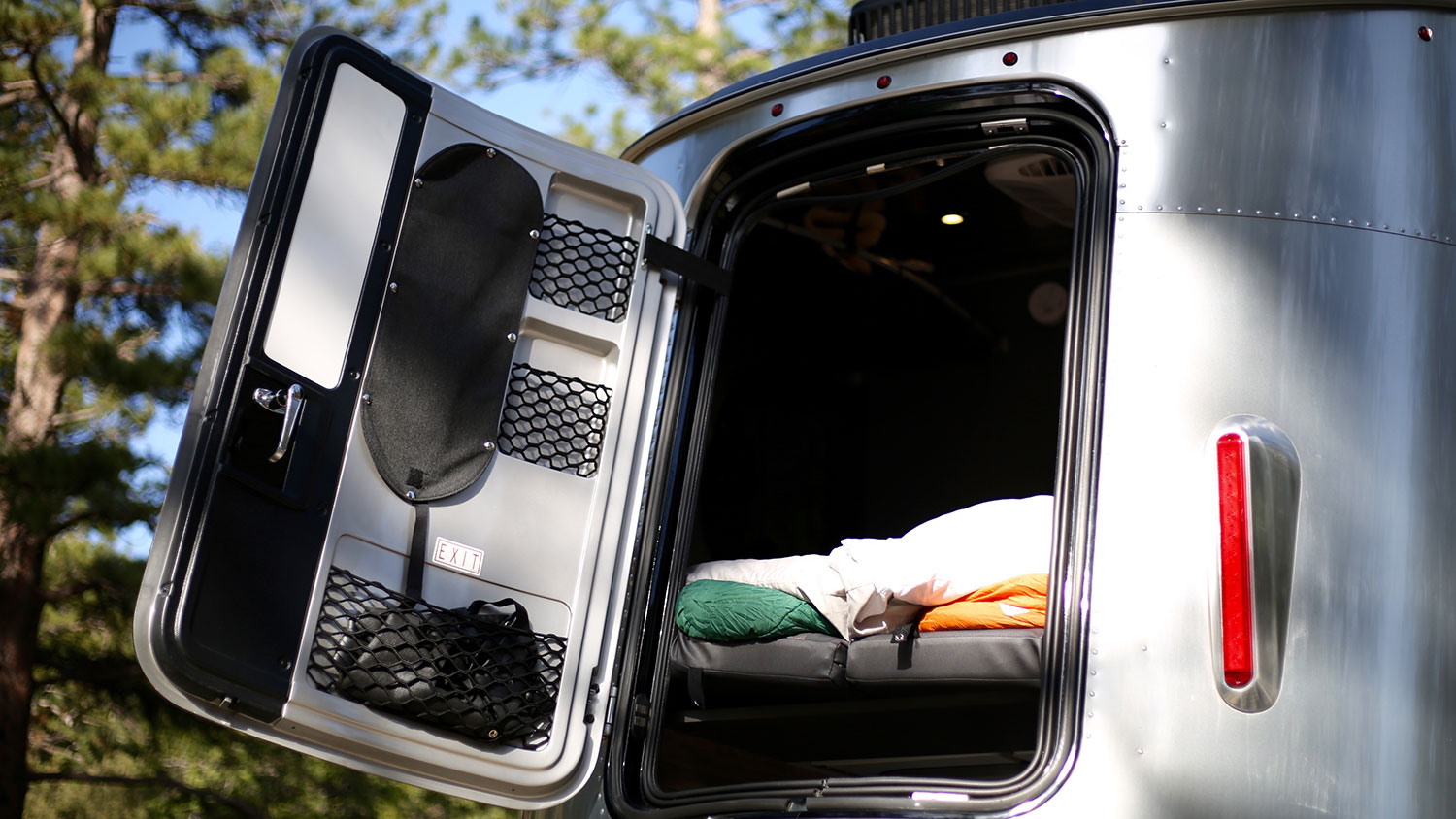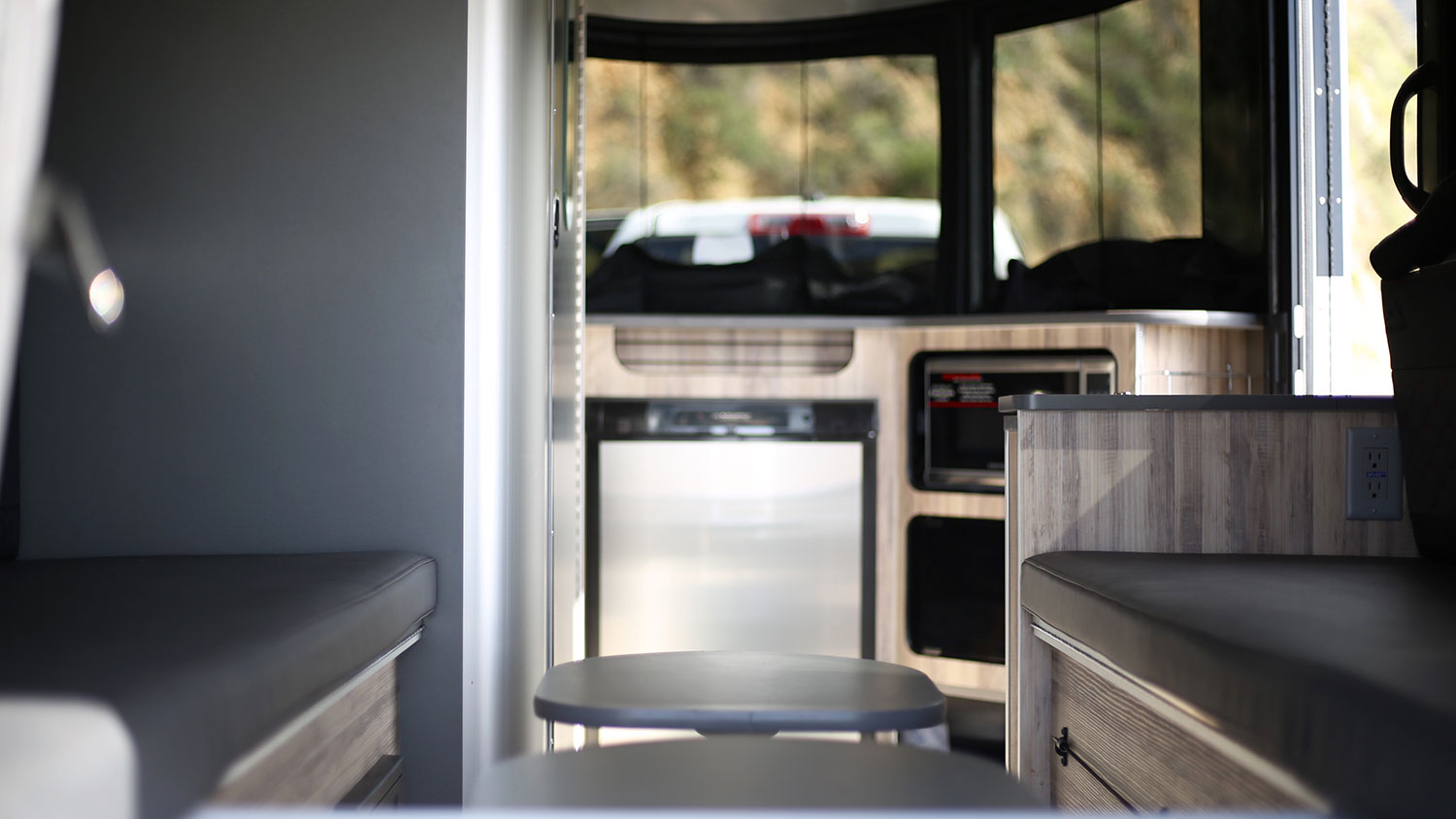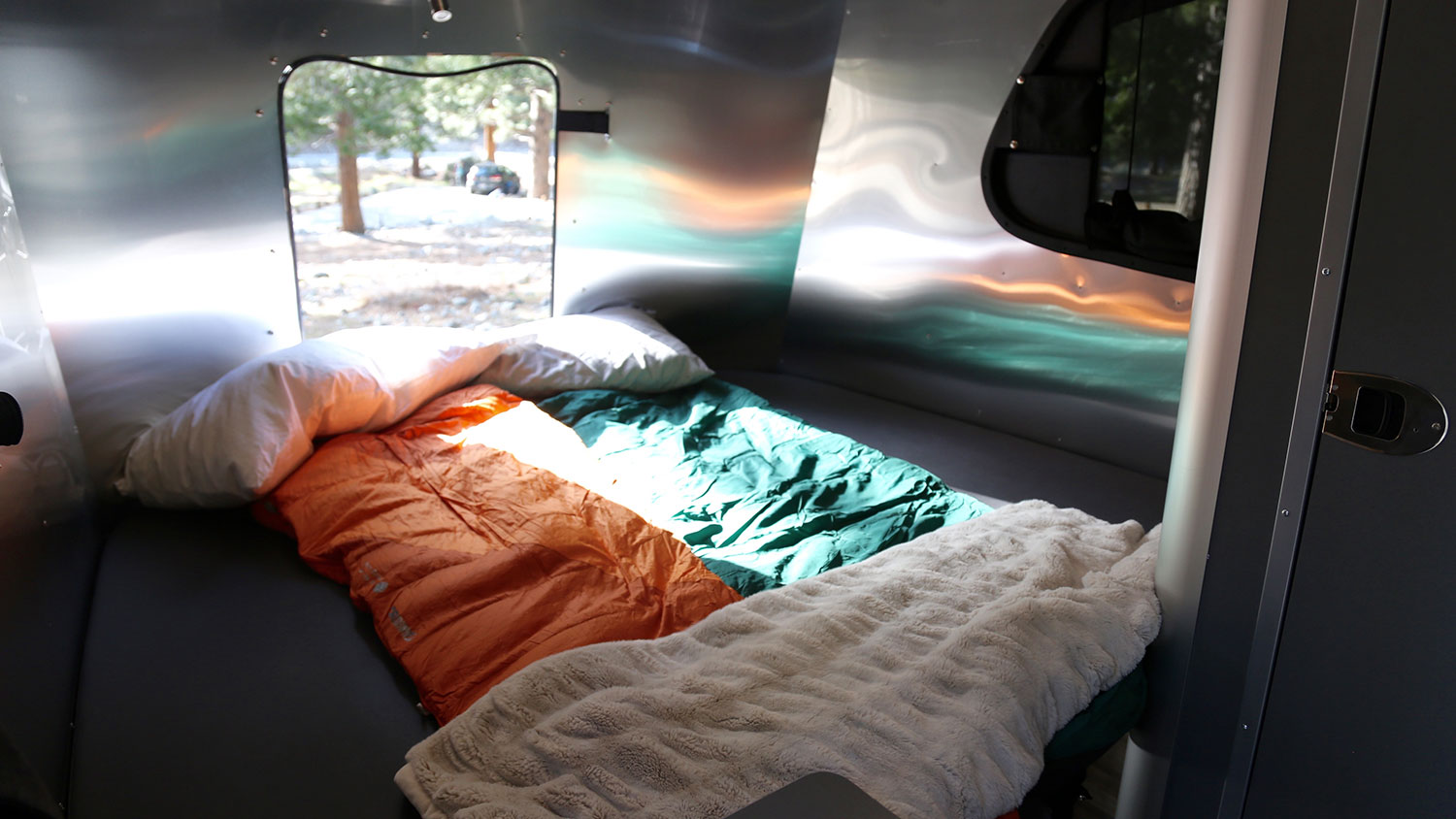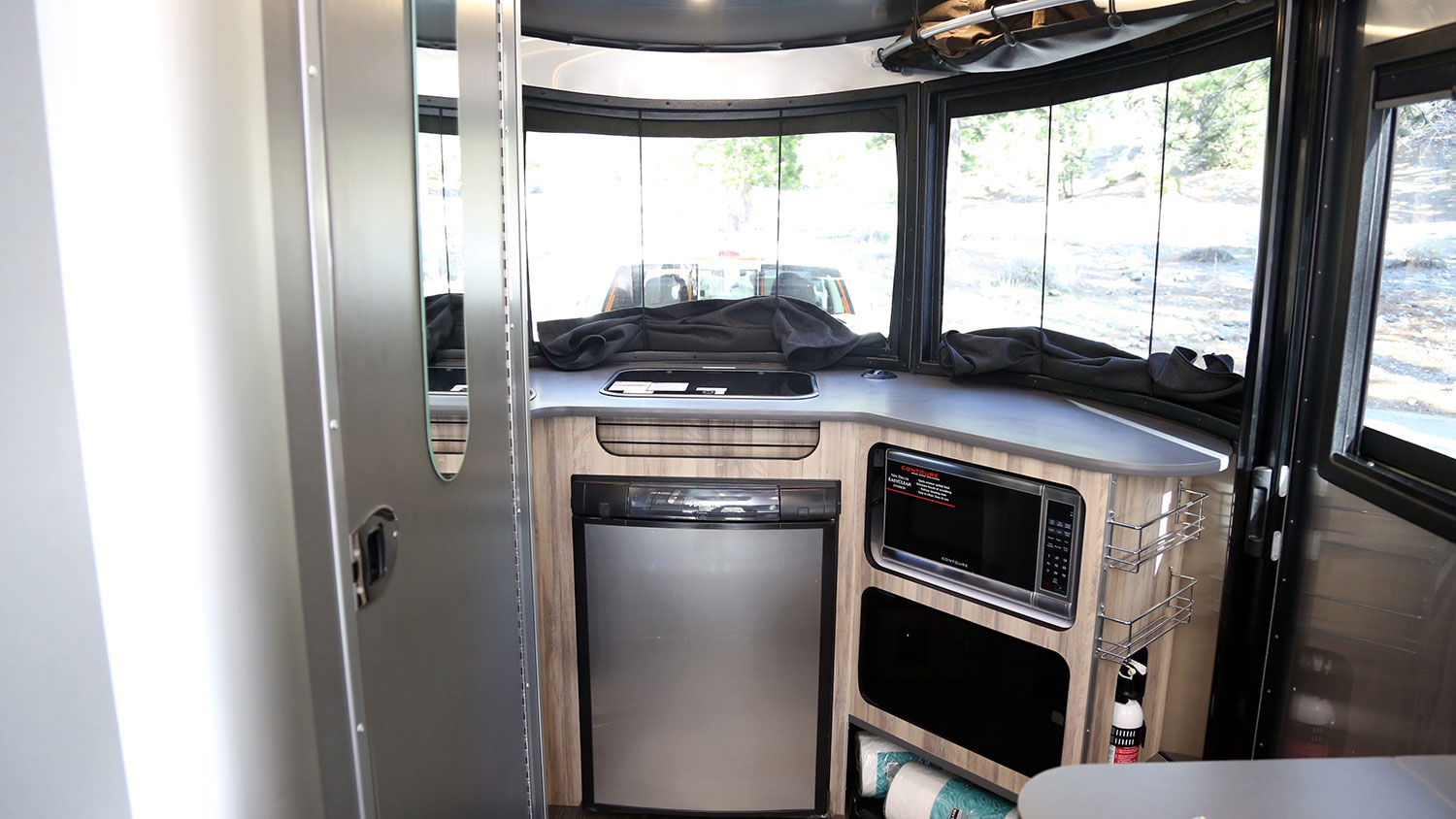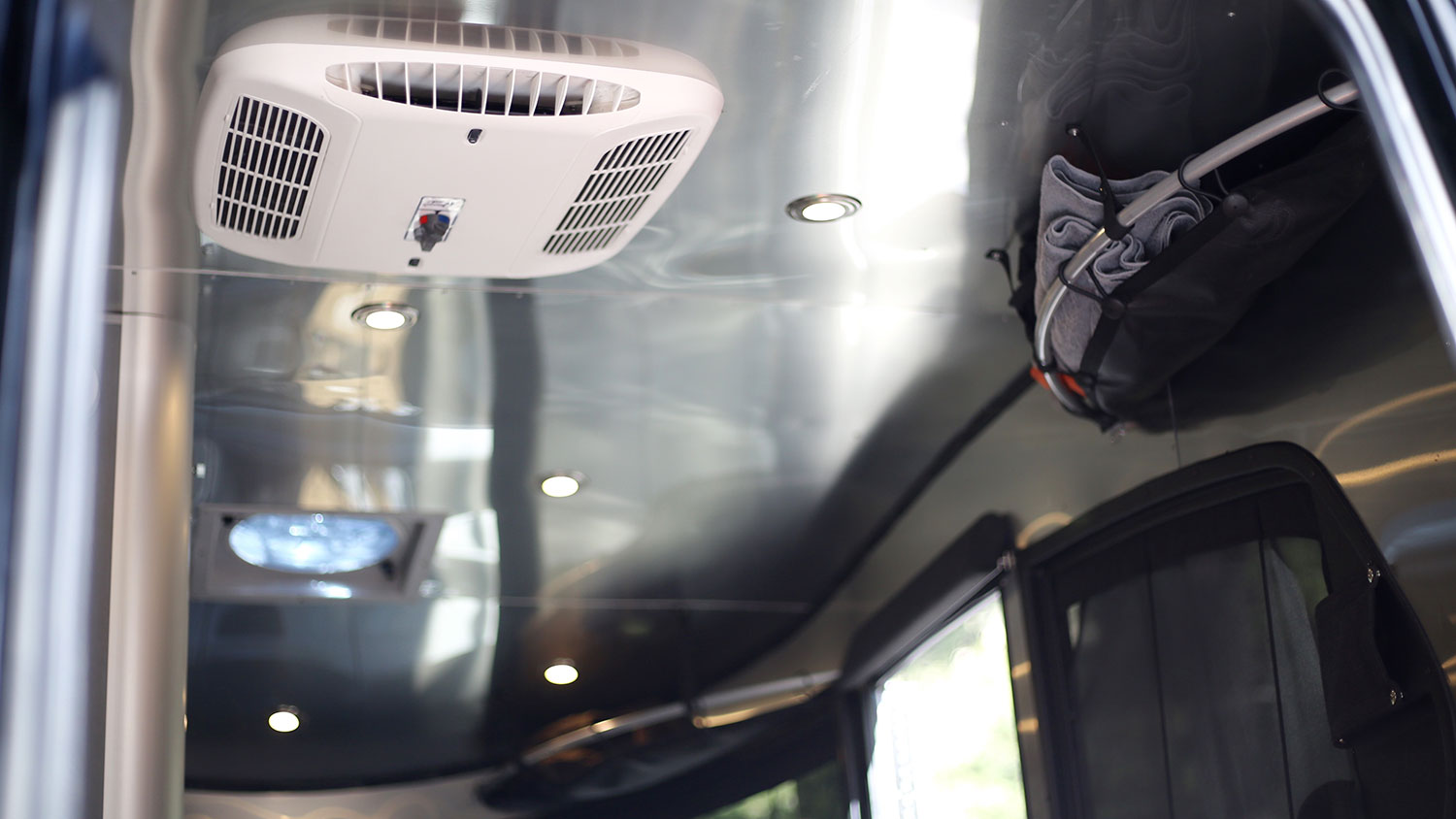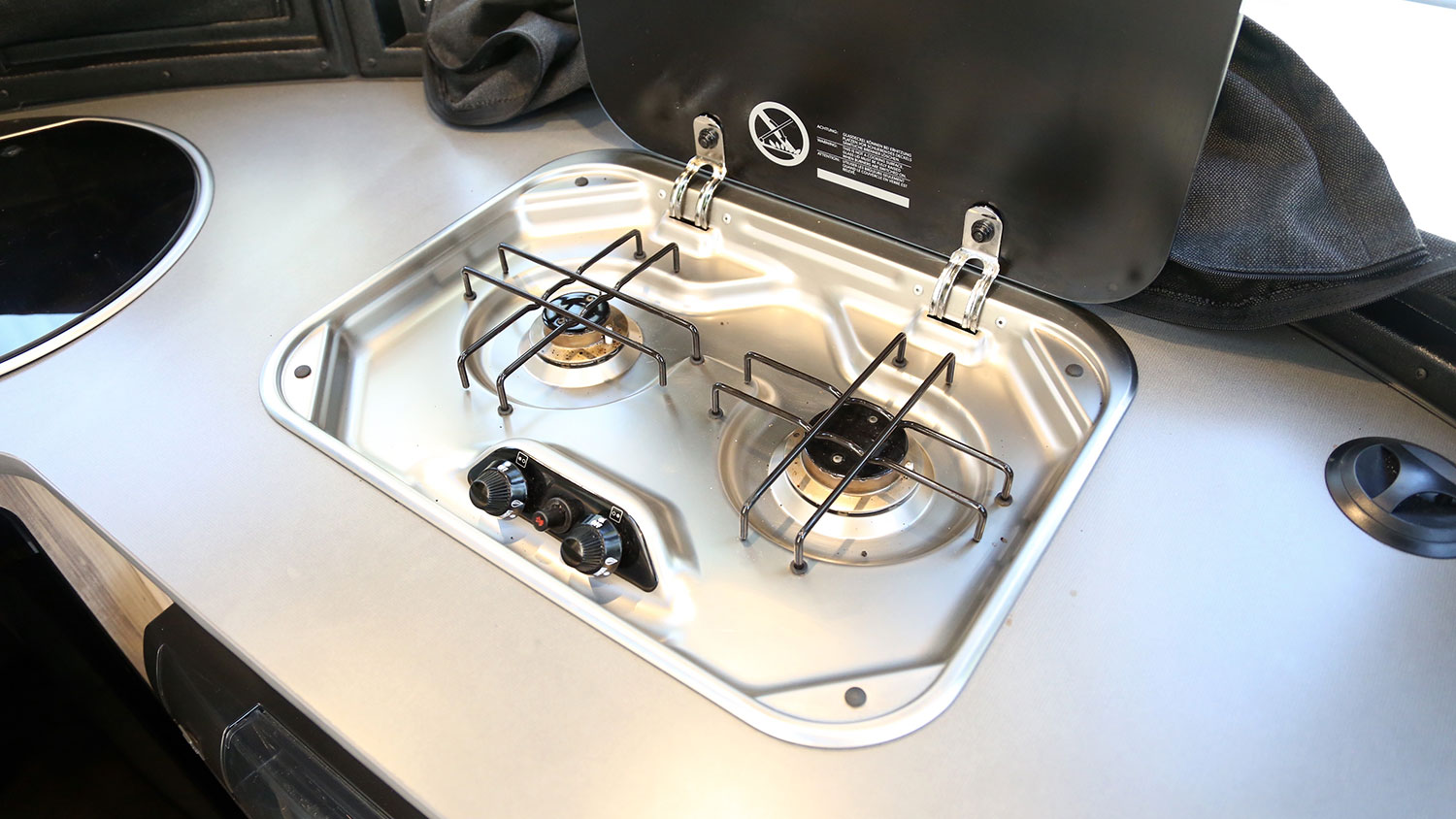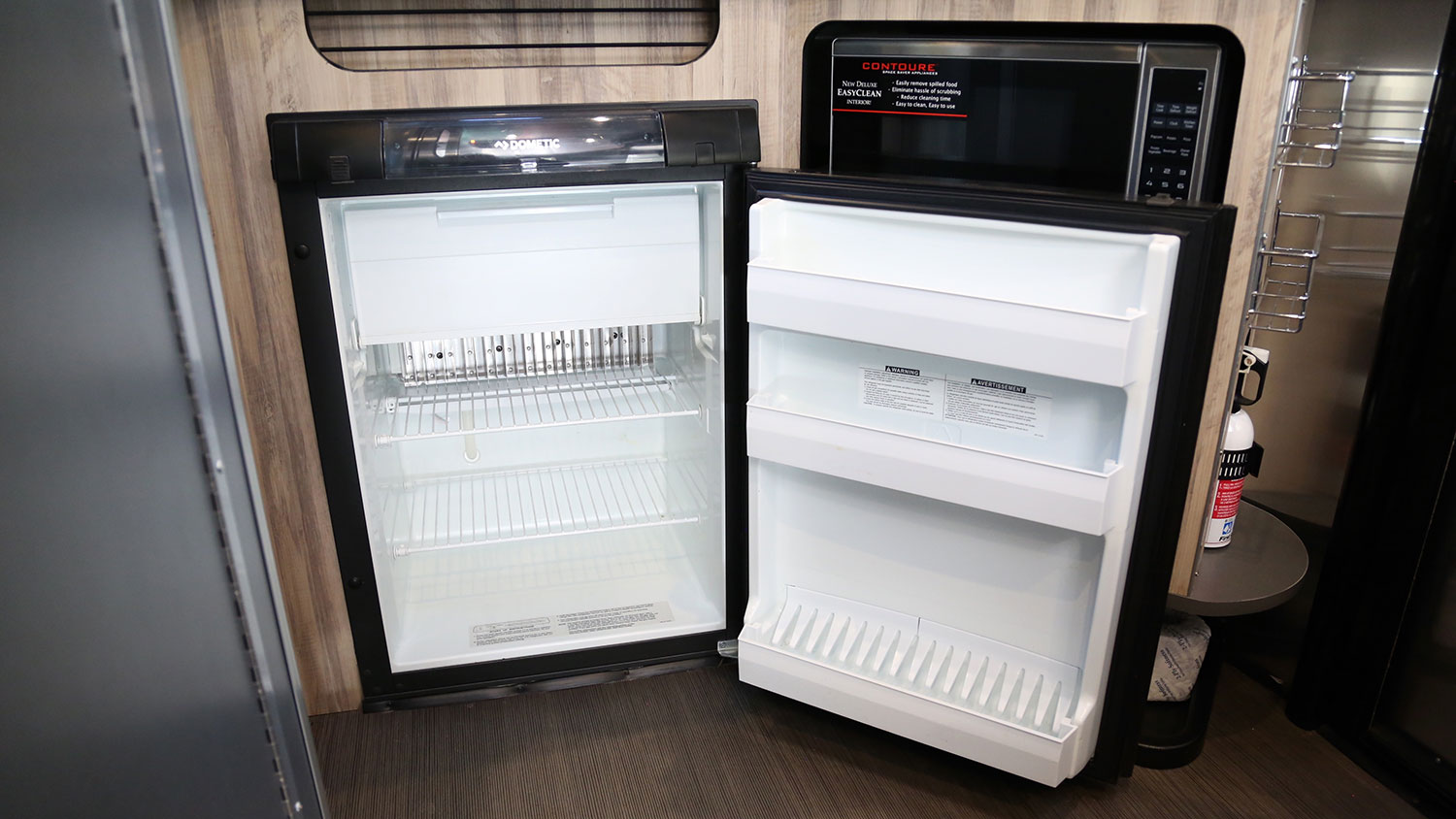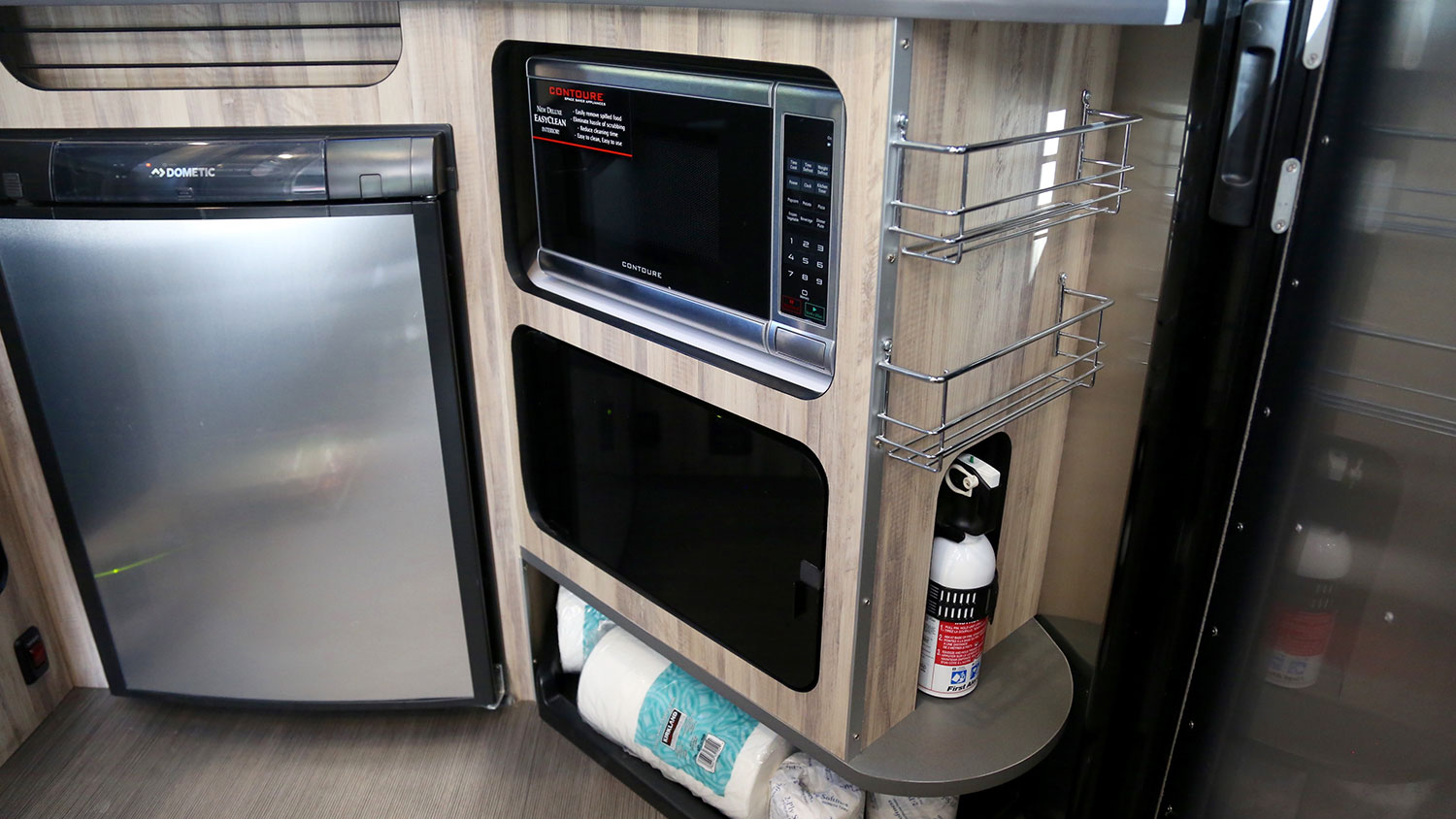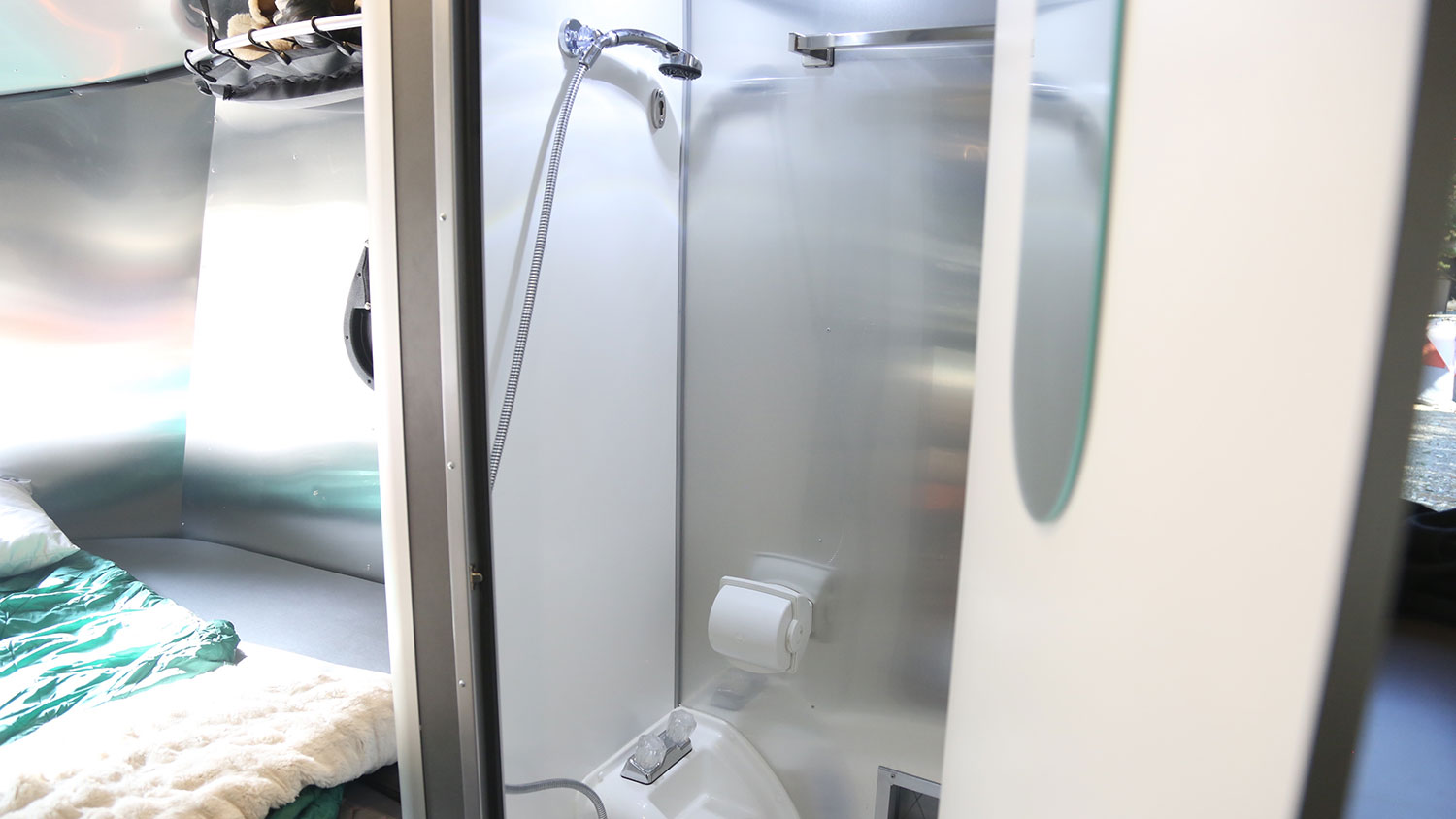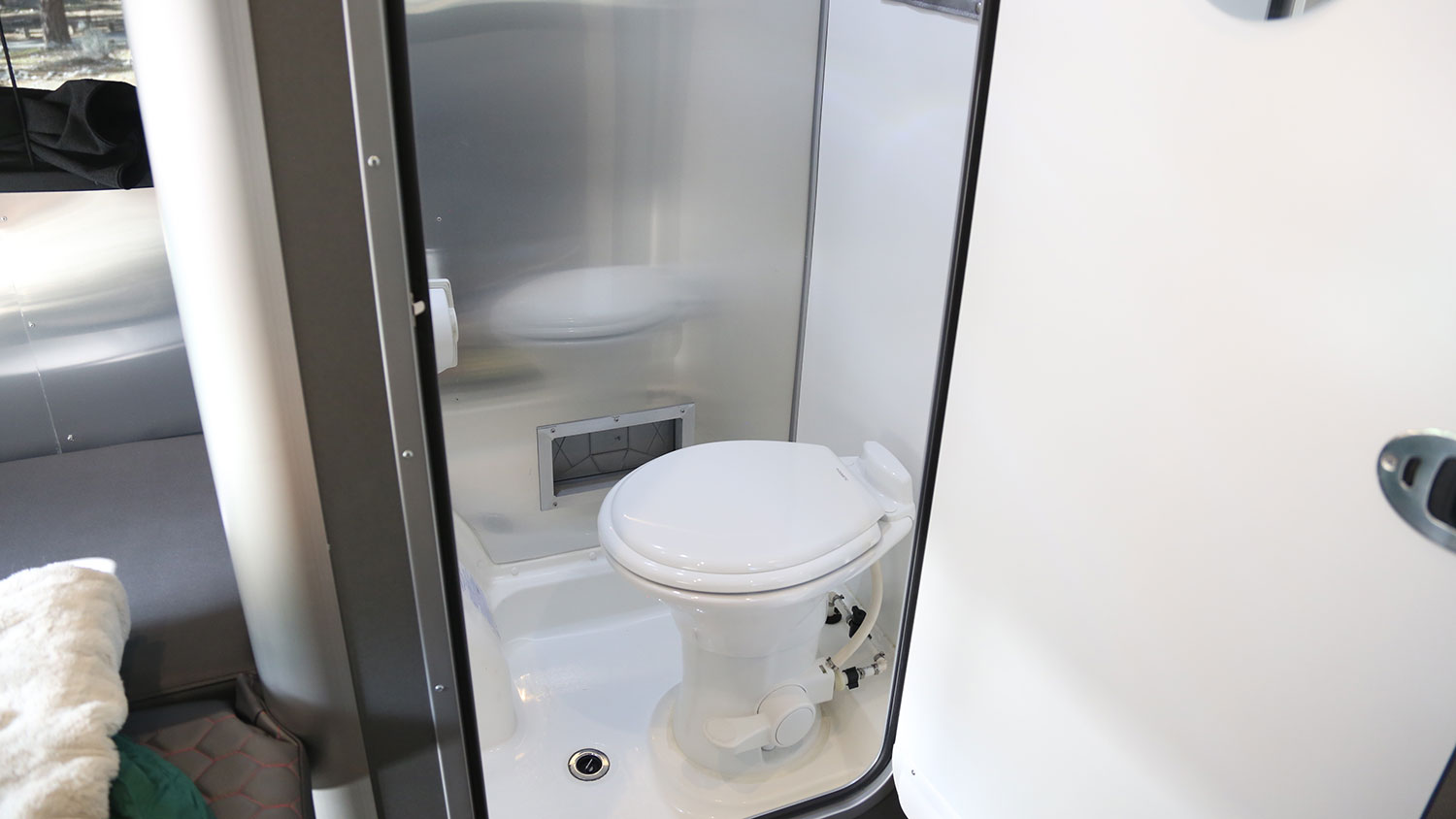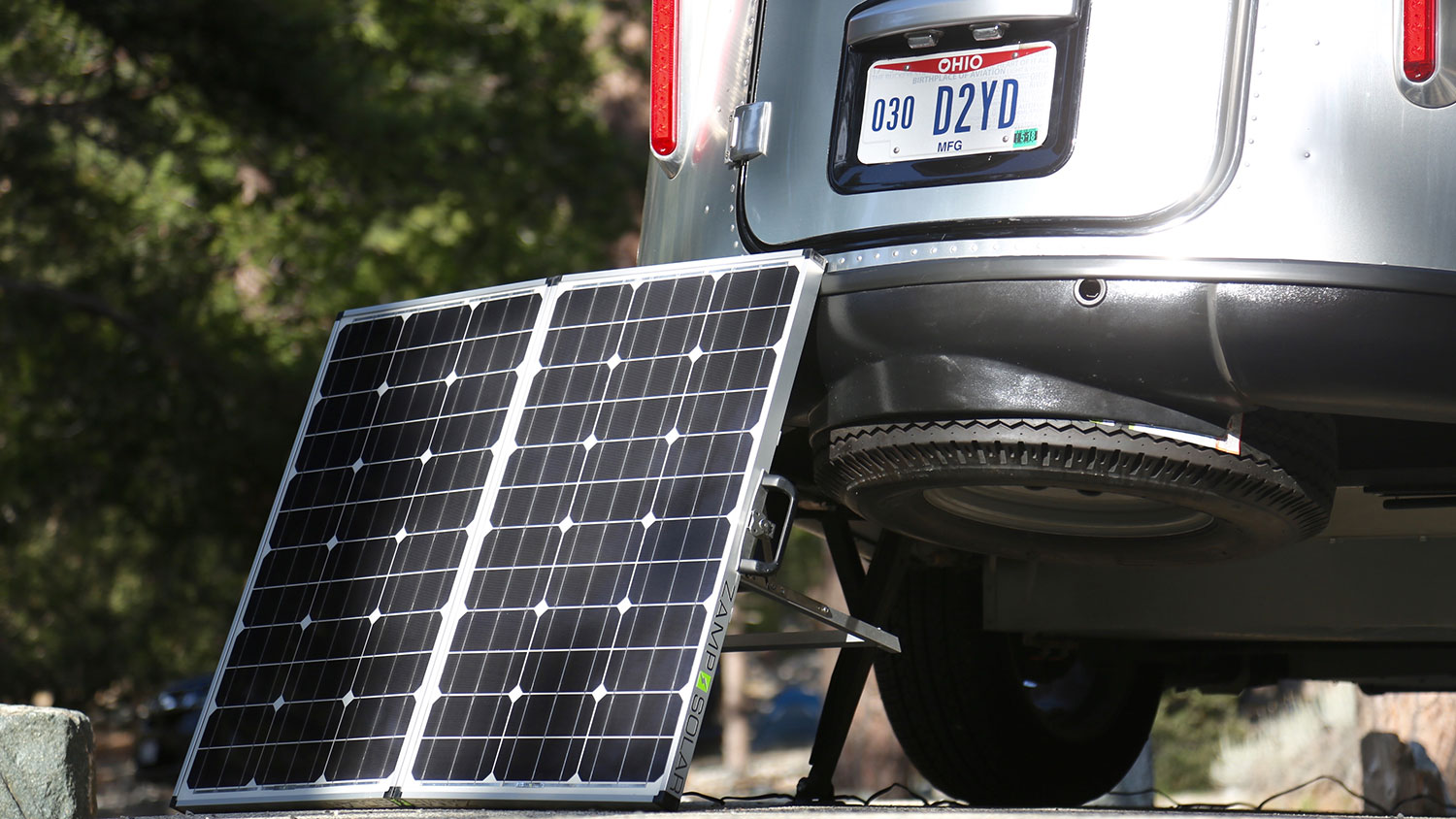
Planning a road trip? You might find some of these other guides useful. Here’s everything you might need to plot a cross-country journey, a family vacation, or a solo trek.
With age, the call of the wild changes its tune.
The desire to embrace nature may once have been inspired by a Jack London fantasy: “Just give me a compass and I’ll survive!” Out in the thick of it, however, we quickly find our limits. Food and shelter don’t just materialize, and doing without is a short-lived experiment.
So we compromise (here and there) to make our adventures more pleasant. Those who prefer the most unsullied parts of nature carry what they need on their backs. Ultra-light tents, sleeping bags, sleeping pads, and cookware squeeze into 40-liter pack for a weekend away. Car campers bolster amenity with thicker tents, air mattresses or foam pads, more robust stovetops, pillows, heaters, and more.
The ceiling for comfortable excursion doesn’t stop there, though. Even the nicest tents billow in the breeze and even the warmest fire can’t restore quite like a hot shower. A dedicated camper means all the pleasures of home can be toted along wherever wanderlust carries you.
But is a camper really “camping” at all? At what point does luxury prohibit one from connecting with the environment? To find out, I took Airstream’s new entry-level camper, Basecamp, on a weekend trip to Angeles National Forest in California.
At $36,400, Airstream’s latest travel trailer is significantly more affordable (and compact) than its more traditional models, while still providing common camper amenities: a shower, stove, A/C, microwave, refrigerator, seating, and sleeping quarters. At just over 2,500 pounds, the Basecamp is also well within the towing limits for most midsize SUVs.
Our tow vehicle, a 2018 Chevrolet Colorado Diesel (rated at 7,700 lbs towing capacity), borders on overkill for the task of pulling the little Airstream. The drive from Airstream’s Pasadena dealership to Manker campground is an effortless 1.5-hour trek, made all the more enjoyable thanks to the Colorado’s torque and exhaust braking. Barely wider than the truck’s frame and just over 16 feet in length, the Basecamp tucks neatly behind the Chevy, making street and highway maneuvers a breeze.
When I pull into the campground, it’s early afternoon on a Friday, hours before most weekend explorers will invade the grounds. I choose a spacious site to allow room for some friends arriving that evening. After maneuvering the trailer into its temporary home, I disconnect the rig and set the stabilizers. Five minutes later, I’ve connected the solar panels to top up the camper’s on-board battery. Without hookups for power and water, I’ll rely on the Basecamp’s 22-gallon fresh water tank, 3-cubic-feet refrigerator, and two-burner gas stove for all my cooking and cleaning needs this weekend.
Eager to unwind, my girlfriend and I extract our camping chairs from the bed of the truck and start a fire. At sea level, it’s nearly 80 degrees Fahrenheit, but at 5,500 feet of elevation, it’s a crisp 50 degrees. We set some water to boil for tea and kick back. The sun pokes between branches of towering pine trees, warming our faces while the fire tends to our feet.
Completely at ease, I drift into a two-hour nap and awake to long shadows and cooler temperatures. Without any cell reception, I have no way of knowing my friends’ ETA, but my stomach says it’s dinnertime. My girlfriend and I divvy up food prep and set a pair of pans to task on the Basecamp’s burners. The kitchen sink may be small, but it is plenty deep for washing hands, vegetables, and containers.
The sun now below the ridge, we hastily eat our dinner by the fire before scurrying back to the Airstream for a cold drink. She pours herself a glass of wine and I pop the tab on a beer. Just as we settle into the camper’s bench seats, our friends arrive. Brutal traffic turned a two-hour drive into a four-hour slog, but they’re here. In 10 minutes, they’ve propped the rooftop tent on their Toyota Tacoma and join us in the Basecamp.
Beers change hands and we launch immediately into plans for the weekend ahead. The combination of a warm cabin and an abundant supply of alcohol carries the conversation for what I estimate to be hours longer than we’d last in the cold outdoors. Eventually, though, we all tucker out. After bidding goodnight, we swap out the table legs for smaller supports, flip out the bed planks, re-arrange the cushions, and lay out our sleeping bags. The conversion from living room to bedroom takes just three minutes.
I underestimated the blackout curtains’ effectiveness. It’s 8:30 a.m. when I finally poke my head out of the Airstream — a full hour later than I’d planned to rise. My friends are hard at work chopping wood for the fire and brewing water for some FLTRGo coffee, so I rush to prepare breakfast. A dozen eggs, 20 strips of bacon, and a package of breakfast potatoes disappears as we make the final preparations for a 10-mile hike up to the nearby Ski Lodge.
At this time of year, a chair lifts bring tourists up the mountain for breathtaking views of the forest. Our plan is to hike to the same lookout (and hopefully feel a bit better about ourselves for expending the energy).

An hour into the trek, we detour to a waterfall and cool off in the cascading water. A constant breeze, 60-degree temperatures, and unfiltered sunlight make for perfect hiking conditions. We gain elevation quickly by maintaining a steady pace. Around each curve of the dirt trail, a new vista awaits, beckoning our group closer to the summit. By 1 p.m., we’ve reached the lodge.
We feast on a bag of dried mangoes and trail mix, snap some photos, and set back down the mountain. In half the time it took to ascend, we’re back at our campsite. A formal lunch of turkey sandwiches, chips, and salsa ensues. My girlfriend and I take turns showering off and bundling up in warm clothes. Clean and exhausted, we each pick our preferred napping spot and doze the afternoon away.
This is nothing like the raw, elemental existent I once imagined with the help of books and movies. I don’t feel a spiritual bond with nature, hear the earth’s heartbeat, or somehow understand how animals communicate. And that’s OK. Using a travel trailer is certainly a different way to camp, and for some, it will always be an artificial experience.
I, for one, see the merits:Iit’s a great place to socialize, a way to stay comfortable on longer trips, and solution to year-round weather challenges. Am I going to toss my tent in the trash? Probably not, but I might one day save up my pennies for my own portable hovel.
Photos by Miles Branman/The Manual at Angeles National Forest, California. Video by Dan Baker/The Manual at Memaloose State Park, Oregon.
Editors' Recommendations
- Best Road Trips in the World: 12 Drives Worth Flying For
- Airstream’s Most Popular Travel Trailers Are Looking a Lot Sexier for 2022
- Lotus Caravans’ 2022 Off Grid Travel Trailer Is Designed to Go Almost Anywhere
- Airstream Wants to Make RV’ing a Little Easier with Electric-Powered Travel Trailers
- Airstream Brings Back 2 of Its Most Popular and Affordable Travel Trailers
